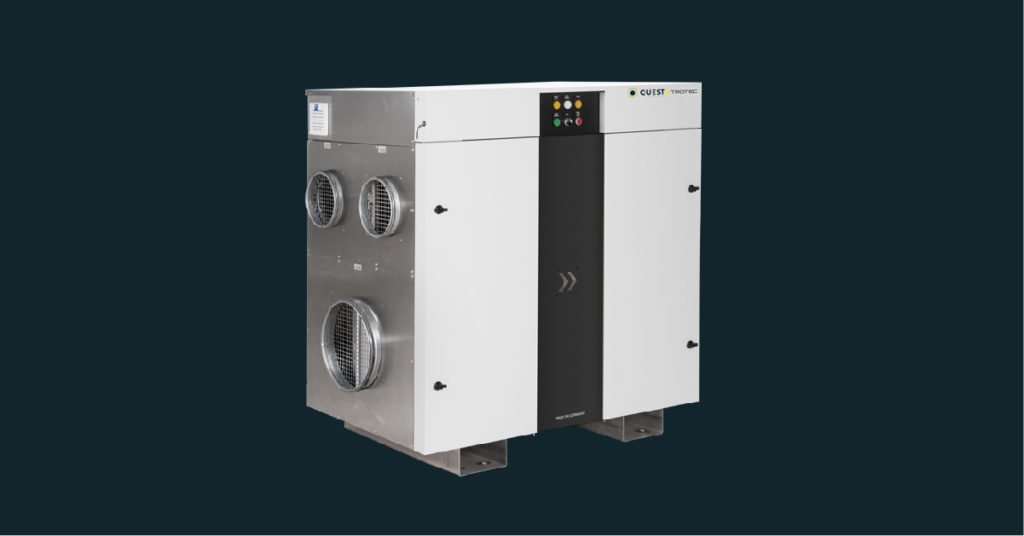COVID-19 research lab manages tightly controlled environment with desiccant dehumidifiers
As scientists race to better understand COVID-19, one thing they don’t want to have to worry about: humidity levels in their controlled environment research laboratories.
Why are humidity levels top of mind for some researchers studying COVID-19? At La Jolla Institute for Immunology, scientists use electron microscopes to study Cryogenically frozen samples of the Coronavirus.
Frozen samples mean relative humidity over 20% can be a significant issue. Humidity causes ice crystals to form on the virus samples making it impossible for the electron microscope to see through them.
“Our laboratory is the headquarters of a global effort to mobilize lifesaving antibody therapeutics against SARS-CoV-2. Key to that effort is high-resolution electron microscopy, which requires precisely controlled conditions to move quickly,” said Erica Ollmann Saphire, a professor and researcher at La Jolla Institute for Immunology. “In our first lab, we could only collect good data on days when the outdoor weather patterns had dry wind blowing in from the desert. Now, we can collect good data, without variability or ice contamination, every single day.”
Desiccant dehumidifiers = simple solution
Desiccant dehumidifiers are less understood and less common than their refrigerant brethren. But, because of their unique capabilities, they’re often called upon to solve some of the toughest dehumidification jobs.
These units can operate at much lower temperatures (sub-zero, to be clear). They also provide precision control not possible with a refrigerant unit. When using a desiccant dehumidifier, like one from the Quest Trotec series, humidity levels can be maintained within 1-2%. This is because they never “cycle” through stages like refrigerant dehumidifiers.

“The end result, when using a desiccant dehumidifier, is a remarkably consistent environment,” said Dan Dettmers, applications engineer at Quest. “For laboratories needing tightly controlled climates, this is the gold standard – allowing them to efficiently achieve the relative humidity levels they need.”
The end result, when using desiccant dehumidifier, is a remarkably consistent environment. For laboratories needing tightly controlled climates, this is the gold standard — allowing them to efficiently achieve the relative humidity levels they need.
And often, in lab settings, a small unit will do the trick. At La Jolla Institute for Immunology, Quest installed a TR110, which can remove 110 pints of water a day. It’s also cost-effective, and takes up minimal space, making it easy to install no matter the room/building layout.
“This upgrade has allowed us to move more quickly against COVID-19 and every other disease we study,” Ollmann Saphire said.
Published on Aug 25 2020
Last Updated on Feb 16 2024
Categories: Desiccants, Labs & Data Centers, Science & Technology

